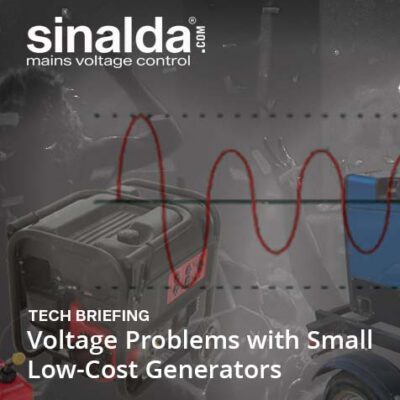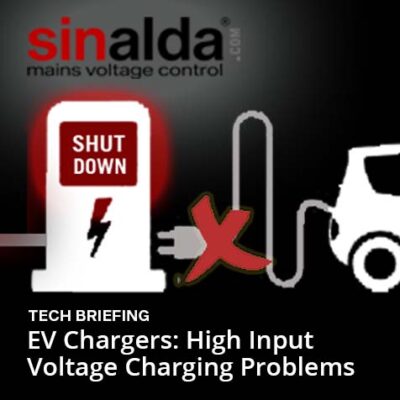Last Updated: 01 November 2021
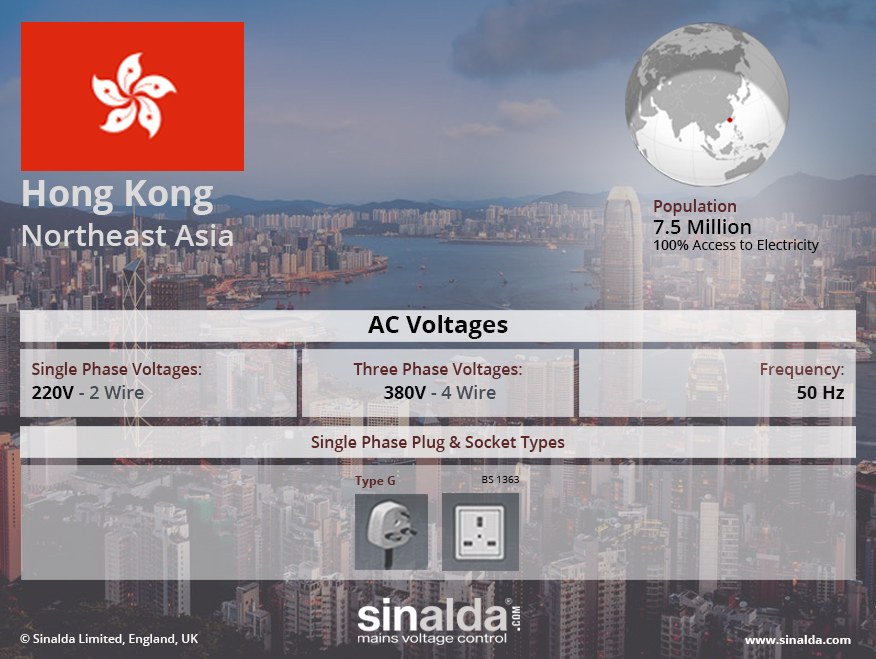
Copyright 2021 Sinalda. Permission to use this image is granted subject to appropriate credit being given to www.sinalda.com as the source.
Power Quality in Hong Kong
Historically Hong Kong has always enjoyed highly reliable and stable power. In fact, under Hong Kong law the power utilities, if they wish to avoid punitive government penalties, have to guarantee a 99.99% uptime (the average percentage of time during the year where the average customer has power available).
However, with an ever increasing reliance on electricity sourced from the Chinese Mainland, there is increasing concern that Hong Kong’s thriving diversified economy may not be able to rely on the same level of quality power much longer!
Power Sector in Hong Kong
Electricity in Hong Kong is supplied by China Light and Power and the Hong Kong Electric Company, two independent providers whose financial affairs are overseen by the Hong Kong government.
China Light and Power (CLP) supplies power to Kowloon and the New Territories including Lantau, Cheung Chau and most of the outlying islands.
At present, electricity at CLP is generated by three power stations, namely, Castle Peak, Black Point and Penny’s Bay, with a total installed capacity of 6908 MW. All three power stations are owned by Castle Peak Power Company, 70% of which is owned by CLP and 30% by China Southern Power Grid International (HK) Company.
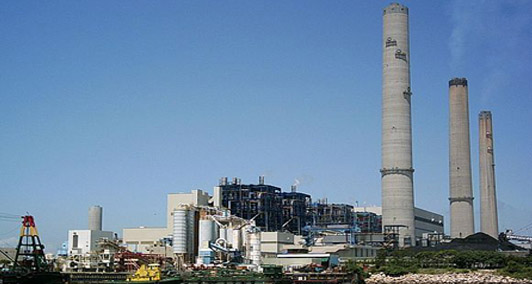
CLP’s Castle Peak Power Station
Hong Kong’s largest Coal-Fired Power Station
To help meet the long term demand for electricity in its supply area, CLP purchases some additional 10% of the power generated at the two 984 MW pressurised water reactors at the Guangdong Daya Bay Nuclear Power Station outside Shenzhen, some 50 kilometres from Hong Kong in the People’s Republic of China (PRC). In addition the company has the right to use 50% of the 1200 MW capacity of Phase One of the Guangzhou Pumped Storage Power Station, at Conghua in central Guangdong province, PRC.
It is estimated that CLP’s local maximum demand in 2014 was 7030 MW.
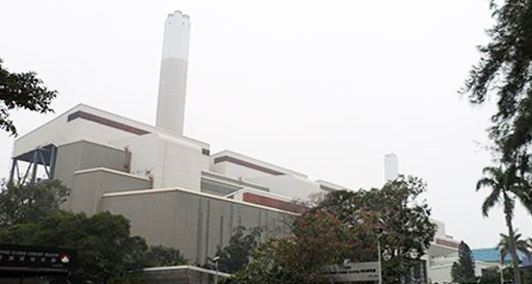
HKE’s Lamma Island Power Station
Coal & Gas-Fired Power Station
The Hong Kong Electric Company (HKE) on the other hand supplies electricity to Hong Kong Island, Ap Lei Chau and Lamma Island.
Electricity is supplied from the Lamma Power Station. At the end of 2014, the total installed capacity of the station was 3757 MW, with an estimated maximum demand of 2460 MW.
The interconnection, by means of a cross-harbour link, of the HKE’s transmission system with that of the CLP’s delivers emergency support for each other during periods of generation shortfall or excessive demand.
While these two companies have been successfully fulfilling the administrative region’s total electricity needs for more than a century, in recent times there has been growing general disquiet about their continuing monopolistic control over the sector and what appears to be ever rising energy tariffs. When the government’s current supply contracts with CPL and HKE expire in 2018, many observers are calling for the opening up of the market to more competition. Although more competition would unquestionably drive down pricing, opponents of such a policy are expressing severe concerns about the increased level of sector control that would inevitably pass to the Mainland’s power utility companies under such a scenario.
Electricity consumed in Hong Kong is generated primarily using coal, natural gas and nuclear energy as the sources. Hong Kong has no deposits of fossil fuels such as oil or coal nor any potential for hydro-power. It depends entirely on the importation of coal, fuel oil and petroleum products to feed its power stations.
With demand anticipated to rise 12% between 2012 and 2023, the government is actively seeking to phase out over this period the high polluting coal fired power stations that currently supply half of Hong Kong’s electricity.
As a result providing generation capacity in the future to satisfy demand is likely to be become a pressing issue. While it is estimated that China currently supplies 25% of the region’s current electricity needs, any proposal for Hong Kong to import more electricity from the Mainland is likely to be locally extremely controversial and further expose Hong Kong to the known vagaries of the Chinese generation and transmission grid – see our Voltage in China Report.
Share your Views and Experiences
Every reasonable effort is made to ensure that the information provided above is accurate. No guarantees for the accuracy of the information is made.
So we are able to keep the content updated, and actual on the ground experiences can be shared with others, please feel free to contact us.



